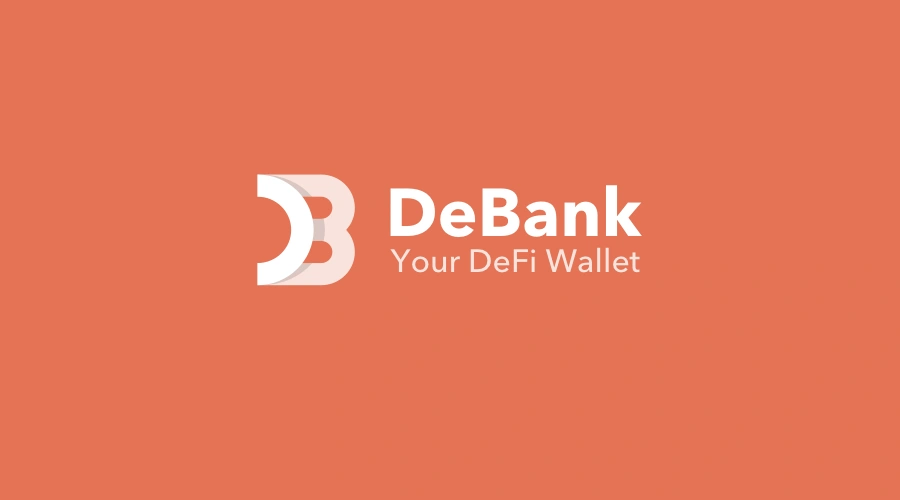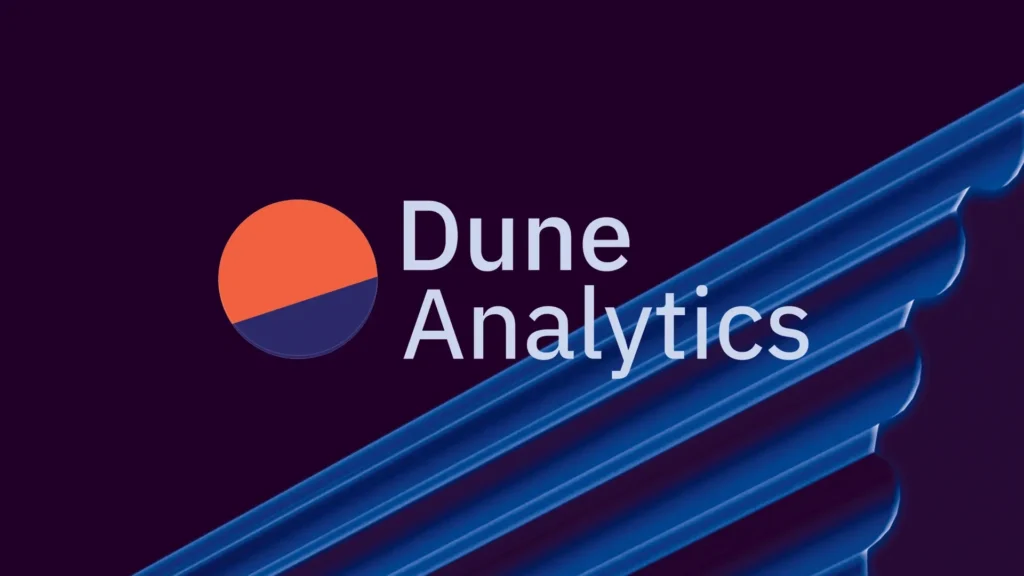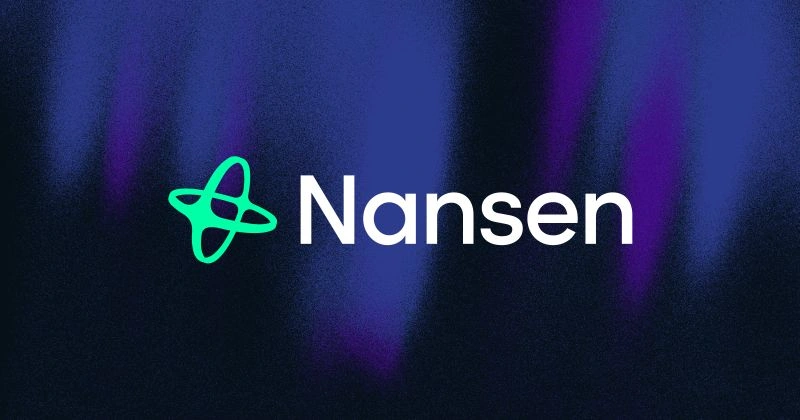Imagine This: You’re Deep in Web3… But Only Have One Tool to Use
Let’s say you’ve landed deep into crypto territory. It’s mid-bull market, gas fees are wild, and NFT drops are everywhere. And then—just to make it interesting—you can only use one tool from the list of today’s top on-chain tools.
Which one would actually help you survive? Which would leave you guessing, or worse, making bad moves? This what-if thought experiment might sound far-fetched, but it’s a pretty solid way to test how useful these tools really are… and which ones you’d want in your back pocket when things get weird.
What if Etherscan was your only map?
You’re tracking a wallet you suspect might be tied to an upcoming airdrop. Every move matters, and time is tight. With Etherscan, you see it all: token transfers, contract interactions, transaction hashes…
But now the twist—what if that was all you had? Sure, you can find everything, but nothing is interpreted for you. It’s like being handed a flight data recorder with no pilot training. Some say that’s the beauty of it, right? Full transparency, no fluff. But let’s be honest—unless you already know what you’re looking for, the learning curve’s rough.

What if you trusted DeBank Top On-Chain Tools to tell you everything?
Let’s imagine you’re managing five wallets across Ethereum, Arbitrum, and a sprinkle of Polygon. You just want to see your net worth, track a few yield positions, and not panic if a token dips. DeBank makes that easy…
Until, say, you bridge funds to a newer chain or hold a micro-cap token it doesn’t recognize. Suddenly the overview’s incomplete. That’s the tradeoff—you get clarity, simplicity, and zero-code interaction… but at the cost of comprehensiveness.
In a world where speed matters and you’re juggling multiple positions, DeBank’s a chill sidekick. Just don’t expect it to catch everything.

What if Top On-Chain Tools Dune was your dashboard to the universe?
Here’s the scenario: you’re trying to figure out which DeFi protocol has the most real users. Not TVL, not hype—actual wallets doing actual stuff. Dune has that kind of data… if you know how to find it.
If you can write a bit of SQL—or find a public dashboard from someone who can—Dune opens the door to insights most people never see. But what if you can’t code, and the dashboards you find are outdated or just plain wrong?
That’s the risk. You either unlock magic—or hit a wall.


What if you relied solely on Nansen to follow the smart money?
Imagine it’s early in a cycle. Rumors of airdrops swirl, new chains are heating up, and you want to follow the whales—not influencers. Nansen’s your go-to. It tracks “smart money,” clusters wallet behavior, even tells you when big players are aping in or quietly exiting.
But again… what if that’s all you had? The insights are there, but they come with a cost—literally (paid plans) and mentally (info overload). And sometimes smart money just… isn’t. They mess up, too.
Still, in this what-if? You’d be ahead of most.

And what if Zapper was your everything app?
Okay, picture this: you’re new to crypto. You just want a clear overview. Maybe stake some tokens, check your DeFi positions, bridge a bit, see your NFTs. Zapper makes all that feel like a Web2 experience.
In this world, Zapper is your command center. But when things get weird—say a smart contract fails or your staked LPs aren’t showing up—Zapper might not tell you why.
It’s smooth, sure. But maybe too smooth for people who like digging deeper.
So… What Top On-Chain Tools Would You Choose If You Had To Pick One?
Truth is, there’s no universal winner. That’s the catch with top on-chain tools—each shines in a different light. Etherscan is a microscope, DeBank’s a mirror, Dune’s like Google Sheets meets Reddit, and Nansen? It’s the Bloomberg Terminal of crypto, if we’re being dramatic.
Zapper’s your friendly dashboard, but might leave out the fine print. So maybe the real takeaway from this what-if isn’t about choosing just one—but knowing what each one is really for.
Because in Web3, the right tool at the right moment? Might just be what keeps you from making the wrong move.
Relevant news: Top On-Chain Tools: Pros, Cons & What They’re Really Good For




